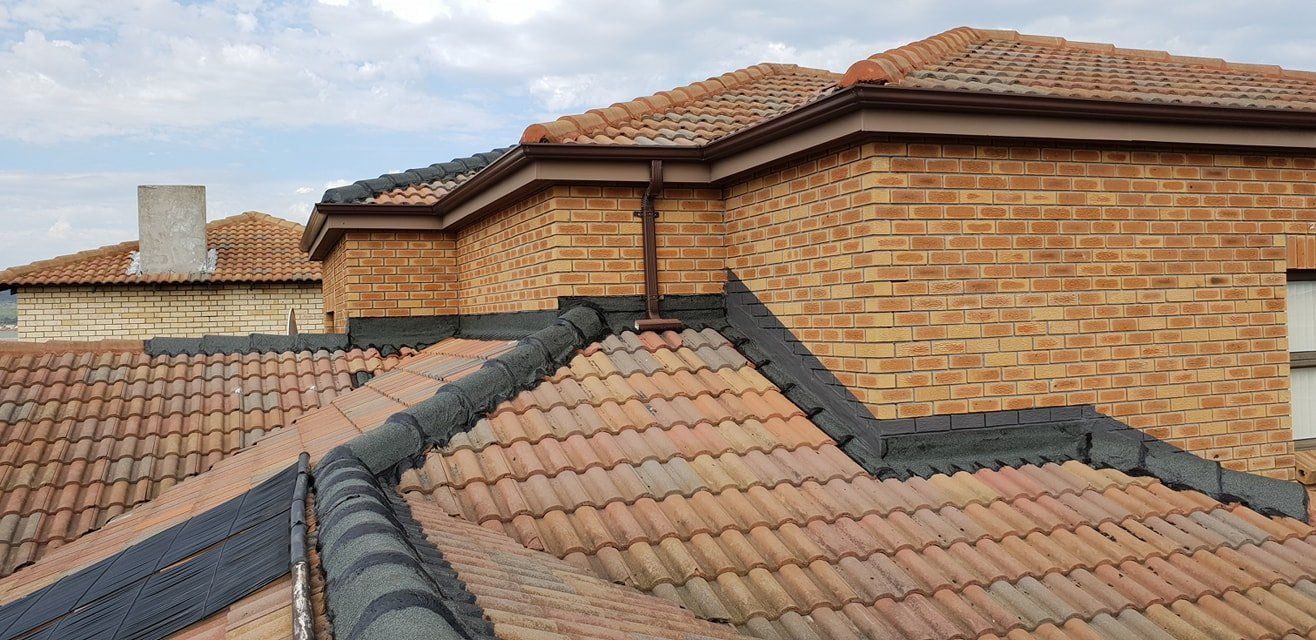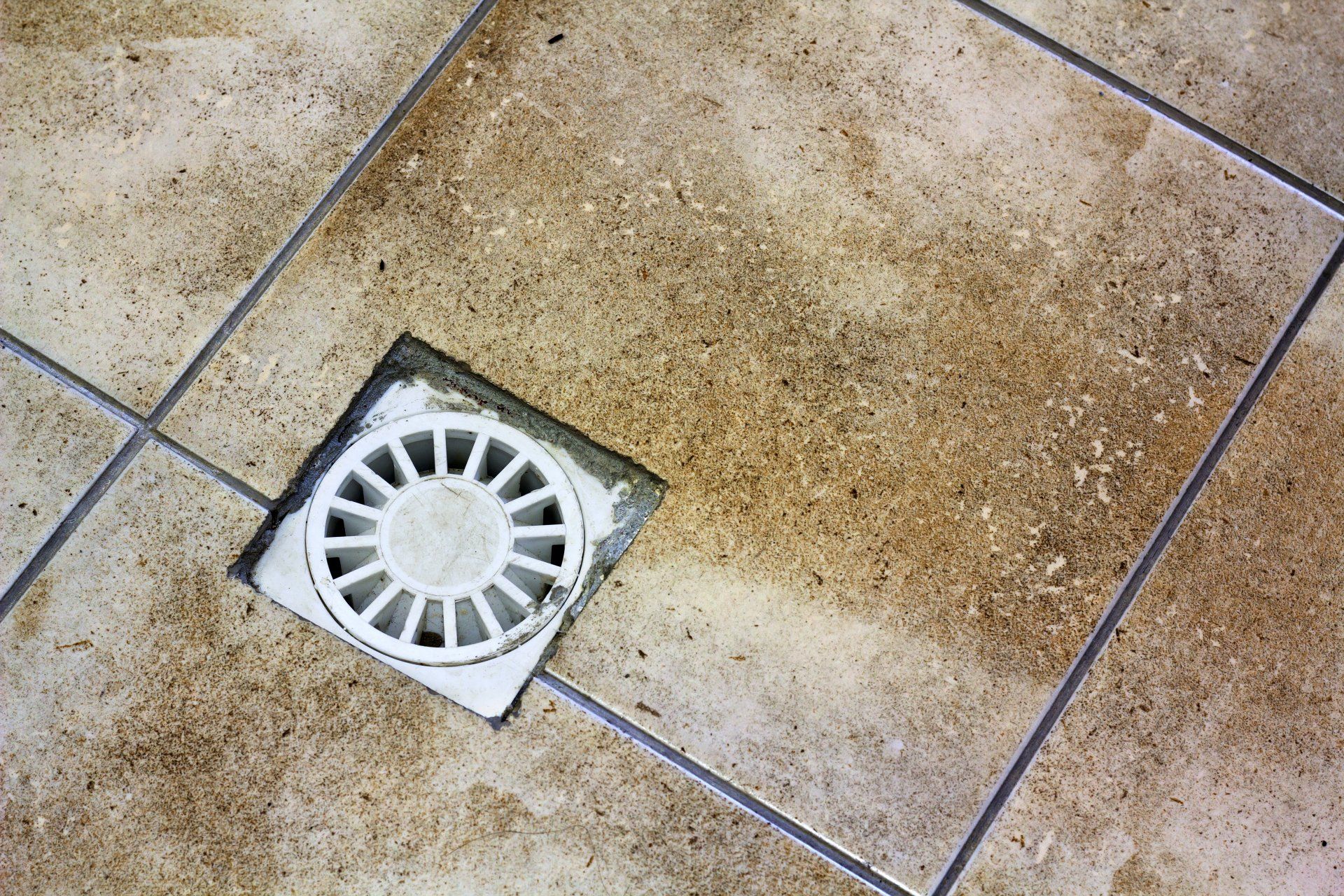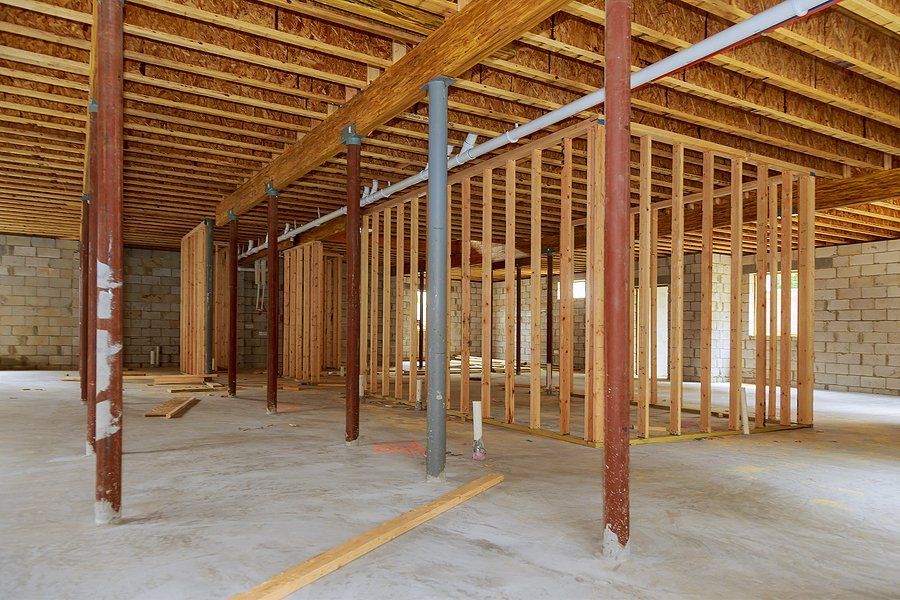Pier & Beam Installation: Game-Changer for Your Home’s Foundation
Discover How Pier & Beam Installation Can Revolutionize Your Home's Foundation Stability
Pier and beam installation is a tried-and-true method that has been used in home construction for generations. It's particularly beneficial for homes built on expansive soils, where the ground tends to shift due to moisture changes. This system involves creating a strong base for your home by using foundation piers, beams, and footings that are spaced throughout the foundation area. The pier and beam system can transform your home’s stability and longevity, making it an excellent option for homeowners facing foundation issues. This guide will walk you through everything you need to know about pier and beam installation, how it works, and why it’s a game-changer for your home's foundation.

What is Pier & Beam Installation?
Pier and beam installation is a type of foundation system that raises the home above ground level, providing better stability and protection from soil movement. This method involves using foundation piers made from materials like concrete or steel, which are placed deep into the soil. These piers support the beams, which in turn support the home’s structure.
One of the primary advantages of this system is that it allows easier access to utilities beneath the home, which can be beneficial for maintenance or repairs. Additionally, pier and beam foundations are more flexible than slab foundations, making them less likely to crack under pressure from soil shifts.
Why Pier & Beam Foundations are Ideal for Certain Soil Types
Homes built on soils prone to expanding and contracting due to moisture are more likely to experience foundation problems. These issues can range from minor cracks to severe structural damage. Foundation repair can be costly, but opting for pier and beam installation may mitigate the need for frequent repairs.
The piers provide solid support by reaching into more stable soil, while the beams distribute the weight of the house evenly. Foundation piers are essential for providing a strong base that reduces stress on the foundation and helps prevent shifting, cracking, or settling over time.
Types of Piers Used in Pier & Beam Installation
Several types of piers can be used for pier and beam foundations, each offering unique benefits. Understanding the types of piers available will help you determine the best option for your home.
- Concrete Piers: A popular choice for pier and beam foundations, concrete piers are strong and durable. These piers are created by pouring concrete for piers into holes drilled into the ground. They are excellent for providing long-term support and can handle a significant amount of weight.
- Helical Piers: Helical piers are made of steel and feature helical blades that are screwed into the soil. They are often used for homes that require deep foundations or are built on unstable soil. Helical piers cost can be higher than traditional concrete piers, but they provide superior stability in certain situations.
- Foundation Pilings: Similar to piers, foundation pilings are another type of deep foundation support. They are driven deep into the ground to help support the home’s structure. This method is typically used for larger buildings or homes built in areas with particularly unstable soil conditions.
The Benefits of Pier & Beam Installation
Pier and beam installation offers numerous benefits that can make it the ideal choice for homeowners facing foundation issues. Here are some key advantages:
- Stability: A pier and beam foundation provides enhanced stability, especially in areas where soil movement is common. The deep placement of foundation piers ensures that the home remains level even if the soil shifts.
- Flexibility: Unlike slab foundations, pier and beam foundations are more flexible. This flexibility reduces the risk of cracks or other foundation issues over time.
- Easier Access for Repairs: One of the most significant benefits of this system is that it provides easy access to plumbing, electrical, and other utilities under the home. This can reduce the foundation fixing cost when repairs or maintenance are necessary.
- Improved Ventilation: Because the home is raised off the ground, there is better airflow beneath the structure. This helps prevent moisture buildup, which can lead to mold or wood rot.
Foundation Repair Costs Associated with Pier & Beam Systems
While pier and beam foundations are known for their durability, like any foundation, they may still require repairs over time. Understanding the foundation repair cost associated with pier and beam systems can help you budget for potential issues.
The cost of repairs will depend on the extent of the damage and the type of piers used. For example, helical piers cost more to install but may require fewer repairs than other types of piers. On average, the foundation fixing cost for a pier and beam system can range from a few hundred dollars to several thousand dollars, depending on the complexity of the repairs.
Regular maintenance and inspections are crucial for identifying
issues early and minimizing repair costs. Keeping the area under the home dry and well-ventilated can also help reduce the risk of foundation problems.
The Role of a Foundation Contractor in Pier & Beam Installation
Hiring a professional foundation contractor is essential for a successful pier and beam installation. A qualified contractor will assess your property, recommend the best type of foundation piers, and ensure the installation is done correctly.
When selecting a contractor, it's important to choose someone with experience in both concrete and foundation work. The contractor should be able to explain the benefits of each type of pier, such as concrete piers or helical piers, and help you decide which option is best for your home’s specific needs.
Working with a knowledgeable concrete foundation contractor ensures that the foundation will be stable, long-lasting, and properly supported. A good contractor will also help you understand the costs associated with the installation, including the cost of materials like concrete in foundation and labor.
Understanding the Installation Process
The process of installing a pier and beam foundation involves several key steps:
- Site Inspection and Preparation: Before any work begins, the contractor will inspect the site to determine the best locations for the piers and beams. The soil conditions and weight of the house will influence the placement of the piers.
- Excavation: Once the site has been inspected, holes will be dug for the piers. The depth of the holes will depend on the type of piers being used and the soil conditions.
- Pier Installation: Whether you're using concrete for piers or helical piers, the next step is installing the piers. Concrete piers are poured in place, while helical piers are screwed into the ground.
- Beam Placement: Once the piers are in place, beams will be laid across the top of the piers to support the home’s structure. These beams distribute the weight of the house evenly across the piers.
- Final Inspection and Adjustments: After the beams are in place, the contractor will inspect the foundation to ensure everything is level and secure. If necessary, adjustments will be made to ensure the foundation is stable.
Factors Affecting Pier & Beam Installation Costs
The cost of installing a pier and beam foundation can vary based on several factors:
Type of Piers: As mentioned earlier, the type of piers you choose will have a significant impact on the cost. Helical piers cost more than concrete piers, but they may provide better stability in certain situations.
Foundation Contractor: The experience and reputation of your foundation contractor will also affect the cost. A skilled contractor may charge more, but their expertise can help ensure a successful installation.
Size of the Home:
Larger homes will require more piers, which will increase the overall cost of the installation.
Soil Conditions:
If the soil on your property is particularly unstable, more piers may be needed to support the foundation, which will increase costs.
Why Pier & Beam Installation is Worth the Investment
While the upfront costs of pier and beam installation may seem high, it’s an investment that can save you money in the long run. By providing a stable foundation for your home, this system reduces the likelihood of costly repairs due to foundation settling or shifting.
Additionally, the ability to access utilities beneath the home makes maintenance and repairs easier and more affordable. For homeowners dealing with foundation issues or living in areas with expansive soils, pier and beam installation is a game-changer that provides long-term stability and peace of mind.
Conclusion
Pier and beam installation is an effective and reliable foundation system that offers numerous benefits, from increased stability to easier access for repairs. Whether you're dealing with foundation problems or simply want to ensure your home has a solid base, installing a pier and beam foundation is a smart choice. By understanding the different types of piers, working with an experienced foundation contractor, and investing in the right materials, you can protect your home for years to come.
This foundation system not only mitigates the need for frequent foundation repair but also enhances your home’s overall durability. Though the foundation repair cost for this type of system may vary, the long-term benefits far outweigh the investment, making it an ideal solution for homeowners seeking reliable foundation support.




